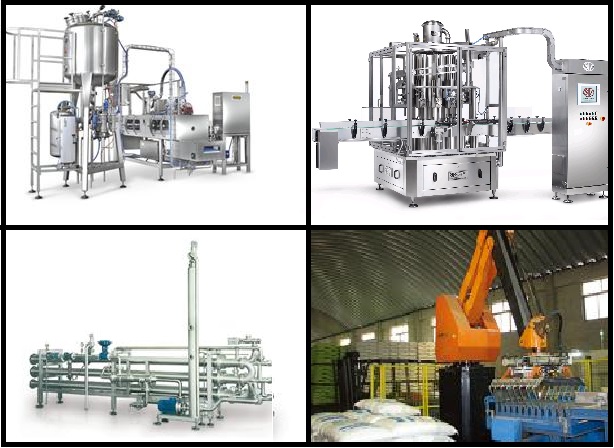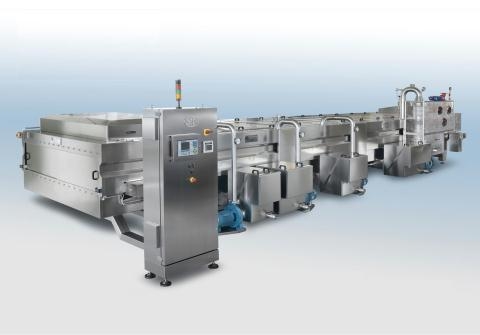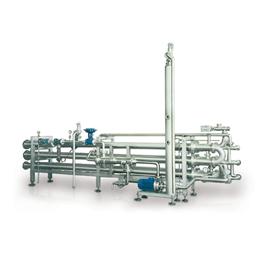

Sanitary Pump Seals
Alfa-Laval Seals
APV Seals
Fristam® Seals
Tri-Clover® Seals
Waukesha® Seals
Sanitary Mixer Seals
ZN Sgl Cartridge Seal
ANSI Process Pump Seals
ZA Sgl Cartridge Seal
ZN Sgl Cartridge Seal
ZND Dbl Cartridge Seal
Process Mixer Seals
ZN Sgl Cartridge Seal
Seal Application Sheet

Sanitary PD Pumps
ZD-U1
ZD Evolution
Sanitary Centrifugal Pumps
ZC-10 Series
Tri-Clover® C-Series
ZMT T3EH & T4EH Series
PD Pump Application Sheet

Tri-Clover ® Pump Parts
C-Series
3EH & 4EH-Series
Waukesha® Pump Parts
Model U1
Model U2
5000 Industrial Series
Waukesha® Pump Repair
Model U1
Model U2
5000 Industrial Series

Fillers
Aseptic Fillers
Automated Aseptic Fillers
Piston Fillers
Vacuum Fillers
Sterilizers
Pasteurizers
Robotic Palletizers
Filler Application Data Sheet

ZM Technologies is a representative of Food Processing Equipment for the Sanitary Process Industry; these aseptic and non-aseptic fillers, sterilizers, pasteurizers, and robotic palletizers express our Zero Maintenance™ philosophy to reduce downtime, increase equipment life, and decrease your maintenance costs. | |
Asepsystems: A leading manufacturer in affordable pasteurizer technology .
STV Machinery: An innovative manufacturer of Tunnel and Tank Pasteurizers.
|  The pasteurization tunnel is ideal for the continuous thermal treatment of products inside closed containers. It can be employed for fruits, jams, peppers, peeled tomatoes, vegetables with oil or vinegar pickle and other food products. The Tunnel Pasteurizer's Features: • Outlet 304 SS outlet table-top conveyor belt, mounted on anti-friction strips with adjustable containing guides for containers of all sizes. • Thermo-regulator and recorder for controlling the thermal cycle during the pasteurization phase. • Thermo-regulator for temperature control during the pre-cooling phase. • 304 SS multiple filtering system protecting the water recirculation pumps. • Machine stop device on the containers conveyor belt inside the tunnel. Machine's construction and technical features can change according to the customer's type of product and the desired output capacity. . |
| Acrobat PDF Documentation: | |
for PDFs |
To
View: Click
on a file name To Save: Right Click on a file name and select "Save Target As" |
| Descriptions | |
| Asepsystems Pasteurizers Lit | Asepsystems Pasteurizers Literature. |
| STV Tunnel Pasteurizer Lit | STV Tunnel Pasteurizer Literature. |
| Asepsystems Questionaire | Asepsystems Questionaire for new inquiries. |
Fristam®, Tri-Clover®, and Waukesha® are trademarks of their respective companies.
ZMT, Inc. is not a representative, nor affiliated with Alfa-Laval, APV, Fristam®, Tri-Clover®, or Waukesha®./SPX Flow Technology
 Automated Pasteurizers, capacity up to 20000 kg/h.
Automated Pasteurizers, capacity up to 20000 kg/h.